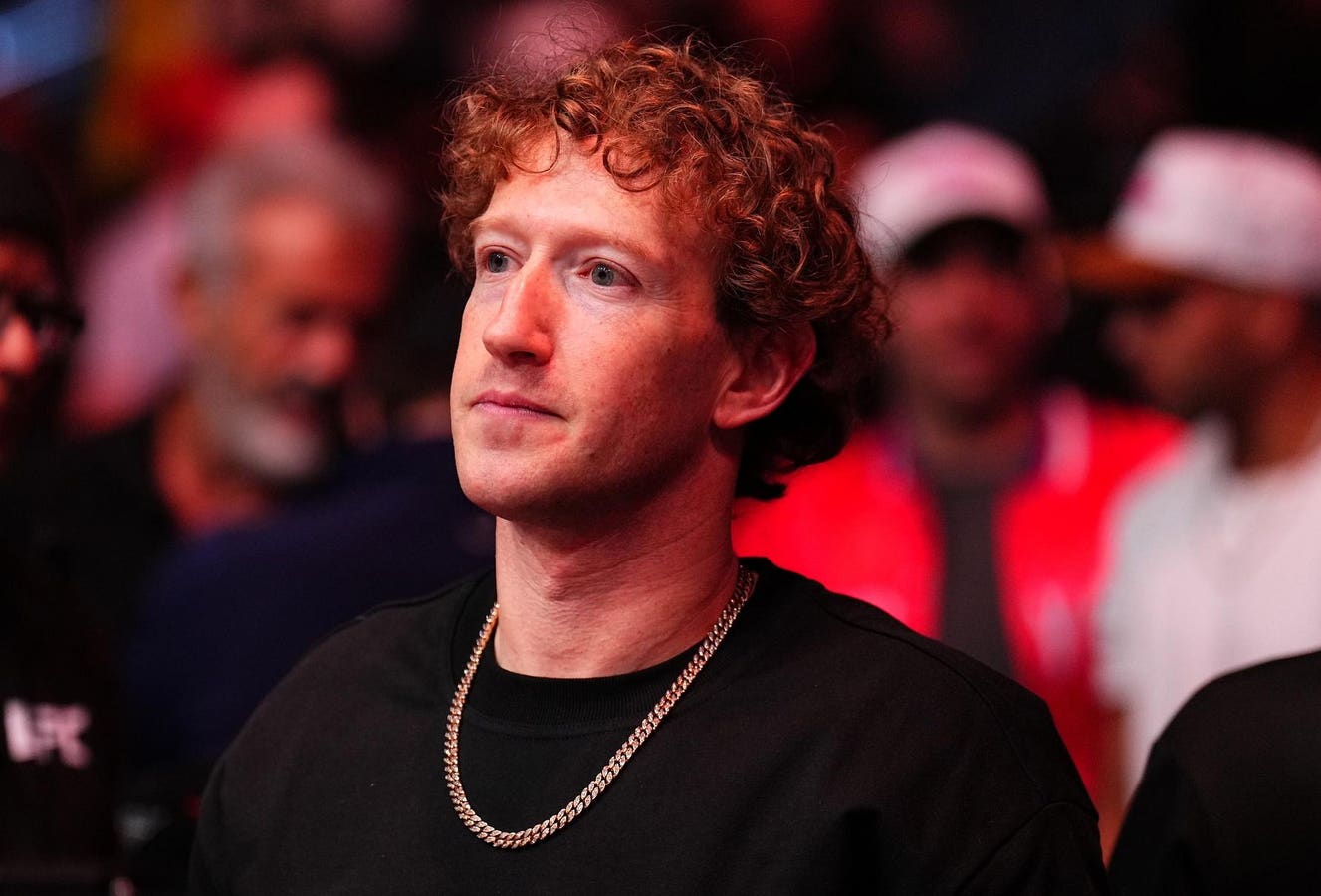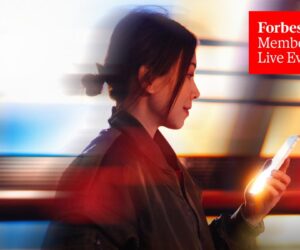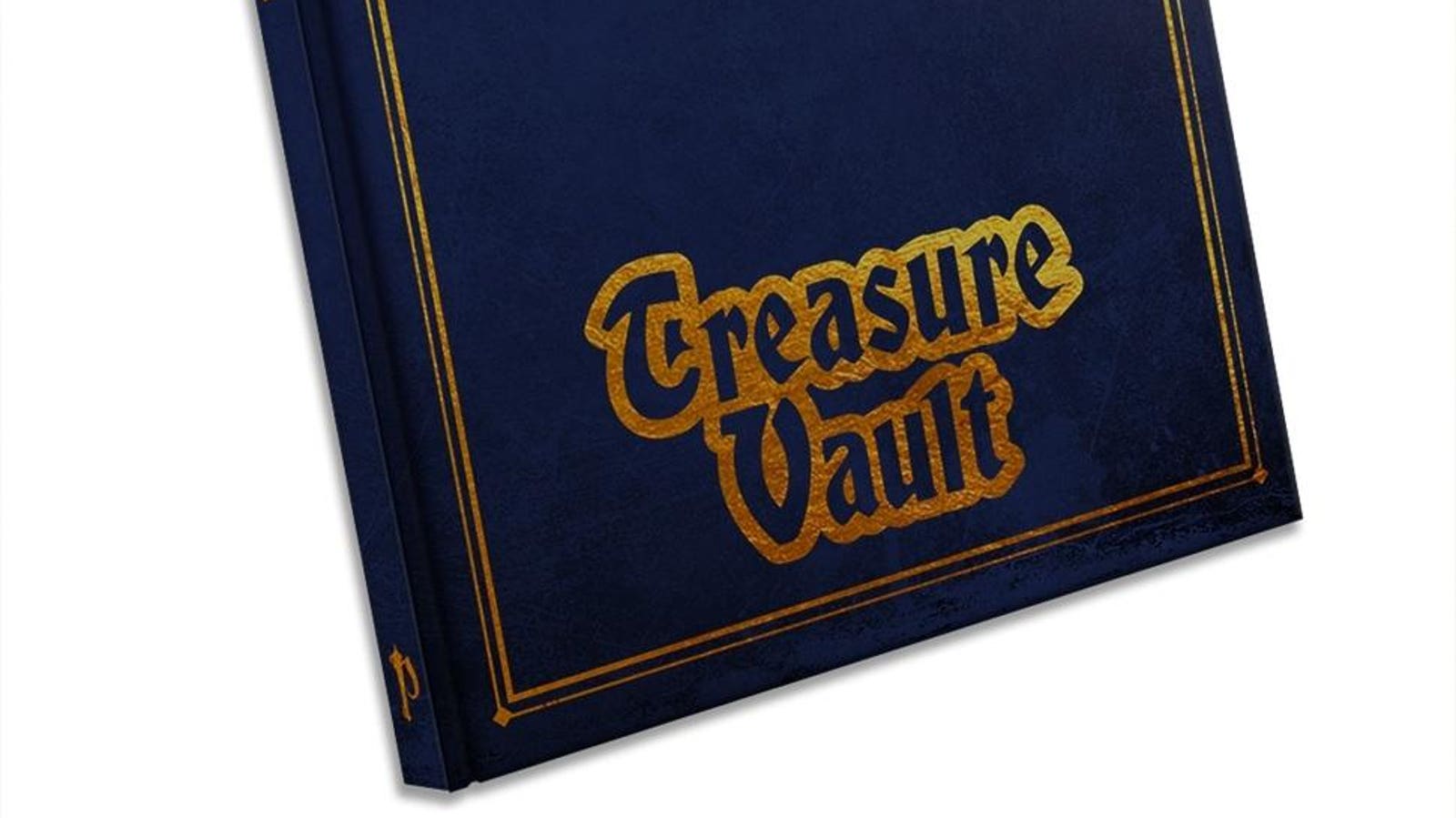LAS VEGAS, NEVADA – MARCH 08: Mark Zuckerberg is seen in attendance during the UFC 313 event at … More
It’s déjà vu in Washington, and the creator economy is bracing for impact. As lawmakers inch closer (again) to banning TikTok in the United States, the most powerful companies in tech are circling. At the front of the pack? Meta.
Over the last few months, Meta has gone all-in with an aggressive strategy to attract creators and capture the digital attention that TikTok might leave behind. Cash incentives, new tools, subtle product tweaks, it’s the kind of move that suggests not just opportunism, but preparation.
From financial rewards to product innovation, Meta has positioned itself as the most viable alternative for displaced TikTok creators. Here’s how they’ve done it.
Financial Incentives for Creators
Meta introduced substantial financial incentives to lure TikTok creators. The company offered bonuses of up to $5,000 for creators who consistently posted on Facebook and Instagram over a three-month period. This initiative, known as the Breakthrough Bonus Programme, requires participants to maintain regular posting schedules to qualify for payments. Additionally, Meta provided access to content monetization programs and offered free trials of Meta Verified, the platform’s paid verification feature that boosts reach and visibility.
While the program was positioned as an inclusive effort to bring over TikTok talent, not all creators felt equally welcomed. One creator shared on Reddit: “It feels like only creators with massive followings are being considered for their Breakthrough Bonus program or any bonus program for that matter.”
This reflects a growing tension between Meta’s courting of top-tier influencers and the broader ecosystem of mid- and micro-level creators who feel overlooked.
Beyond these bonuses, Meta offered exclusive content deals to prominent TikTok creators, with payments ranging from $2,500 to $50,000 per month to post exclusively on Instagram Reels. Some deals reached up to $300,000 over six months, a clear signal of how serious Meta is about owning the short-form video space.
New Monetization Tools and Creator Features
In addition to direct payouts, Meta rolled out new tools and platform updates aimed at making Facebook and Instagram more creator-friendly. This included:
- An updated Reels Play Bonus program offering top performers up to $35,000/month.
- The expansion of Meta’s creator marketplace to facilitate brand sponsorships.
- A new AI-powered video editing app, codenamed Edits, built to rival TikTok’s native tools.
- The long-awaited tap-to-pause feature on Instagram Reels, finally catching up to a standard TikTok interaction that creators and viewers love.
These changes were designed to make the content creation and consumption experience on Meta’s platforms smoother and more competitive.
Zuckerberg’s Broader Vision
CEO Mark Zuckerberg’s fingerprints are all over Meta’s 2025 creator strategy. He has made no secret of his desire to reassert Facebook and Instagram’s cultural relevance and technological leadership. In January, he publicly stated his intention to bring Facebook “back to its roots” and restore its “cultural influence.”
Meta also began deploying AI-generated characters with bios, personalities, and real content output, further pushing the boundaries of what “creator content” might mean in the future and how creators can collaborate with or leverage synthetic media.
The Ad Revenue Windfall
The strategic push isn’t just about creators—it’s also about advertisers. If TikTok disappears from the U.S. market, advertisers will quickly shift their budgets. Analysts estimate Meta could gain between $2.46 billion and $3.38 billion in additional ad revenue in 2025 if TikTok is banned.
Meta’s platform enhancements aren’t just better for creators, they’re better for advertisers too. More creator content means more user engagement, which means more premium inventory for brand campaigns.
Global Implications: The International Creator Shift
While Meta’s immediate focus may appear centered on U.S. based creators, the ripple effects of a potential TikTok ban extend far beyond American borders. As TikTok’s future in the U.S. remains uncertain, creators around the world are paying close attention, not only because they often rely on U.S. audiences for monetization, but because platform stability is increasingly a global concern.
Many international creators, especially those in Canada, the UK, Australia, and India (where TikTok was previously banned), have already started diversifying their content distribution strategies. For creators looking to grow their presence with American audiences, Meta’s platforms are becoming the default alternative.
Meta’s incentive programs and upgrades aren’t geofenced to the U.S. alone. The company has opened many of its monetization features to global users, including fan subscriptions, branded content tools and its growing Creator Marketplace. By offering cross-border tools for monetization, discoverability and brand deals, Meta is positioning Facebook and Instagram as global platforms where creators can build both regional and international influence.
And with Instagram Reels increasingly seen as a passport to American audiences, international creators are now weighing whether investing more in Meta’s ecosystem could provide long-term insulation from the political and regulatory volatility surrounding TikTok.
Conclusion
In 2025, Meta moved quickly and decisively to prepare for a post-TikTok landscape. By offering massive financial incentives, introducing new tools, doubling down on AI and strategically timing its moves, Meta has made Facebook and Instagram the most obvious landing spots for displaced creators.
Whether or not TikTok is ultimately banned, Meta’s actions this year reflect a clear truth: in a creator economy increasingly shaped by platform power plays and regulation, the companies that act fast and spend big will win the future.








